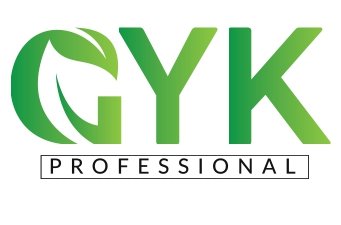Ebstein anomaly is a rare heart defect. It affects the tricuspid valve and right side of the heart. This condition can have serious implications. Identifying its causes remains crucial for effective prevention. Understanding the factors involved in its development is key. Recently, the potential role of medications like isotretinoin has come under scrutiny. This article examines isotretinoin’s association with the risk of Ebstein anomaly.
Understanding Eurasil and its Context
The term eurasil relates to a pharmacological initiative. It addresses drug safety in Europe. Eurasil plays a role in assessing medication risks. Its framework involves analyzing teratogenic effects. Monitoring drugs with potential embryotoxicity is vital. Eurasil has become pivotal in risk management for expectant mothers.
Concerns about isotretinoin stem from its known teratogenic effects. Eurasil provides a platform to analyze these effects. By gathering data across Europe, it contributes to a deeper understanding. This initiative aids in identifying harmful drug interactions. It supports informed medical decisions.
The Role of Isotretinoin in Teratogenicity
Isotretinoin is widely used for severe acne treatment. Its efficacy is well-documented. However, it has significant risks. As a retinoid, it influences cell differentiation. This can lead to developmental abnormalities. The drug’s teratogenic potential is a primary concern.
Isotretinoin can cause various congenital defects. These include craniofacial, cardiovascular, and central nervous system anomalies. Women must avoid pregnancy during treatment. The drug’s effects persist after discontinuation. Its potential link to heart defects like Ebstein anomaly warrants investigation.
Analyzing Exodontics in Relation to Cardiac Risks
Exodontics, or dental extraction, may seem unrelated to cardiac anomalies. Yet, it contributes to the broader picture of isotretinoin’s impact. Patients undergoing isotretinoin treatment often require dental care. Oral health can reflect systemic health. Monitoring oral changes might indicate systemic issues.
Dental professionals play a role in patient safety. They must assess medication histories. Exodontics may reveal isotretinoin’s effects on connective tissue. Further research can establish connections to cardiovascular risks. This integrative approach enhances patient care.
Examining Ebstein Anomaly: Etiology and Risks
The etiology of Ebstein anomaly involves both genetic and environmental factors. It results from malformation of the tricuspid valve. This can lead to heart failure and arrhythmias. Understanding its development is critical for effective prevention.
Potential environmental factors include maternal drug exposure. Isotretinoin’s role in cardiac defects has gained attention. Its effect on embryonic development is significant. Research suggests it may influence cardiac tissue formation. This supports further exploration of isotretinoin’s role in Ebstein anomaly risk.
Conclusion: A Path Forward in Risk Analysis
The relationship between isotretinoin and Ebstein anomaly remains complex. Identifying causative factors is essential. Eurasil’s framework supports such investigations. By focusing on drug safety, it provides insights into potential risks. Ongoing research can elucidate isotretinoin’s role in congenital defects.
Healthcare professionals must remain vigilant. Understanding isotretinoin’s implications aids in mitigating risks. Collaborative efforts between medical fields enhance patient outcomes. This integrative approach is crucial for effective risk management. The path forward involves continuous monitoring and informed medical practice.
